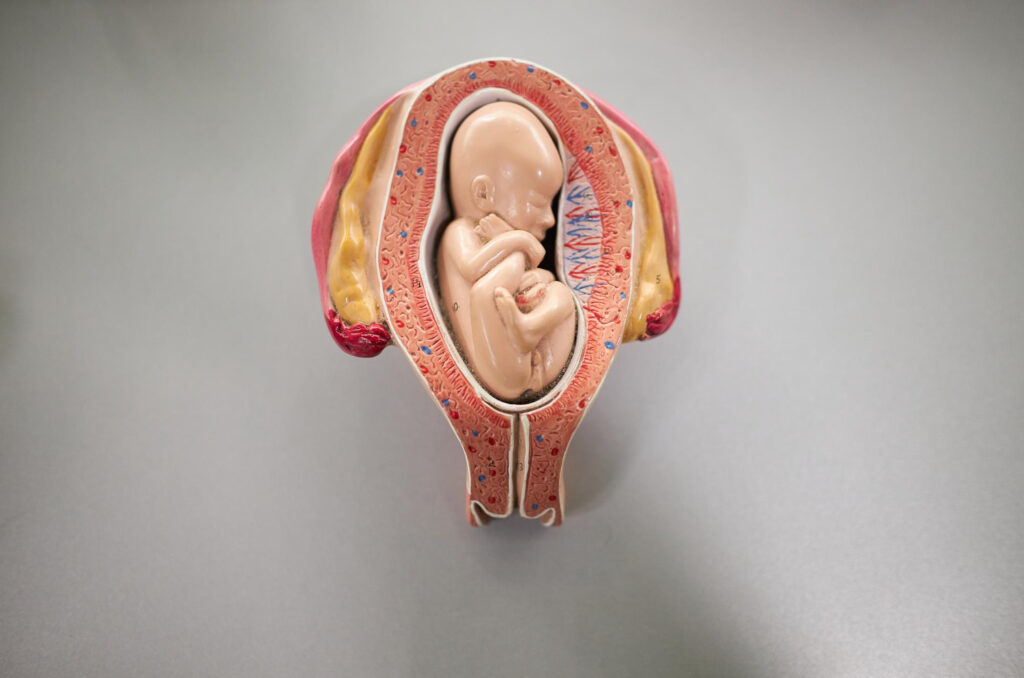Hystreroscopy

Hysteroscopy is a valuable diagnostic and therapeutic procedure in gynecology, allowing for the examination and treatment of various uterine conditions with minimal invasiveness. The following hysteroscopic treatments highlight the diverse applications of this technique:
1. Hysteroscopic Septectomy: Hysteroscopic Septectomy is a specialized procedure aimed at correcting a uterine septum, a condition where a band of tissue divides the uterus. Using a hysteroscope, a slender instrument with a camera, the surgeon navigates through the cervix to visualize and precisely excise the septum. This minimally invasive approach reduces the need for traditional open surgery, ensuring a quicker recovery and improved reproductive outcomes for women facing fertility challenges associated with uterine anomalies.
2. Hysteroscopic Polypectomy: Hysteroscopic Polypectomy addresses uterine polyps, non-cancerous growths in the uterine lining that may cause irregular bleeding or fertility issues. During this procedure, a hysteroscope is introduced through the cervix to locate and remove the polyps using specialized instruments. This minimally invasive technique minimizes discomfort, promotes faster recovery, and is particularly beneficial for women seeking fertility preservation.
3. Hysteroscopic Myomectomy: Hysteroscopic Myomectomy is a procedure designed to remove small, submucosal fibroids within the uterine cavity. Using a hysteroscope, the surgeon navigates through the cervix to visualize and excise the fibroids without the need for external incisions. This technique is advantageous for preserving fertility and is associated with reduced pain, shorter recovery times, and minimal scarring compared to traditional open surgeries.
4. Hysteroscopic Cannulation: Hysteroscopic Cannulation is a precise procedure used to open blocked fallopian tubes or treat other abnormalities within the uterine cavity. A hysteroscope is introduced through the cervix, allowing the surgeon to guide specialized instruments to remove obstructions or perform necessary interventions. This technique is particularly beneficial for women facing fertility challenges related to tubal blockages.
In conclusion, hysteroscopic procedures offer a spectrum of diagnostic and therapeutic options for various uterine conditions. With their minimally invasive nature, these treatments prioritize patient comfort, quicker recovery, and improved reproductive outcomes, showcasing the advancements in gynecological care.